For thousands of years, Indigenous peoples across the globe have developed unique and sustainable food traditions, deeply connected to their land, culture, and community. From bush tucker in Australia to wild rice in North America, these traditional foods have nourished generations and continue to thrive today. Let’s explore some of the incredible Indigenous cuisines that tell the story of resilience, sustainability, and deep-rooted knowledge of the natural world.
Australian Aboriginal and Torres Strait Islander Foods
Australia’s First Nations peoples have been gathering, hunting, and cooking for over 60,000 years, creating a rich culinary tradition known as bush tucker. These foods are not only delicious but also highly nutritious, adapted to Australia’s diverse climates and landscapes.

Traditional Bush Tucker & Ingredients:
Kakadu Plum – One of the richest sources of vitamin C in the world, traditionally eaten fresh or dried.
Wattleseed – Used in bread, desserts, and coffee substitutes, offering a nutty, roasted flavour.
Quandong – A vibrant native peach, used in jams, pies, and dried for trade.
Bush Tomatoes – Small sun-dried fruits packed with intense flavour, often ground into pastes or powders.
Magpie Goose & Goanna – Important protein sources in the Northern Territory and Central Australia.
Honey Ants – Harvested for their sweet nectar, a natural bush delicacy.
Paperbark Cooking – A traditional method where meat and fish are wrapped in paperbark and slow-cooked over coals, infusing them with smoky, earthy flavours.
These ancient foods are experiencing a revival, with Indigenous chefs and businesses reintroducing bush tucker to modern tables. Experience the flavours.
North American Indigenous Foods
From the Arctic to the Great Plains, North America’s Indigenous groups have cultivated and foraged foods that provide balanced, sustainable nutrition.
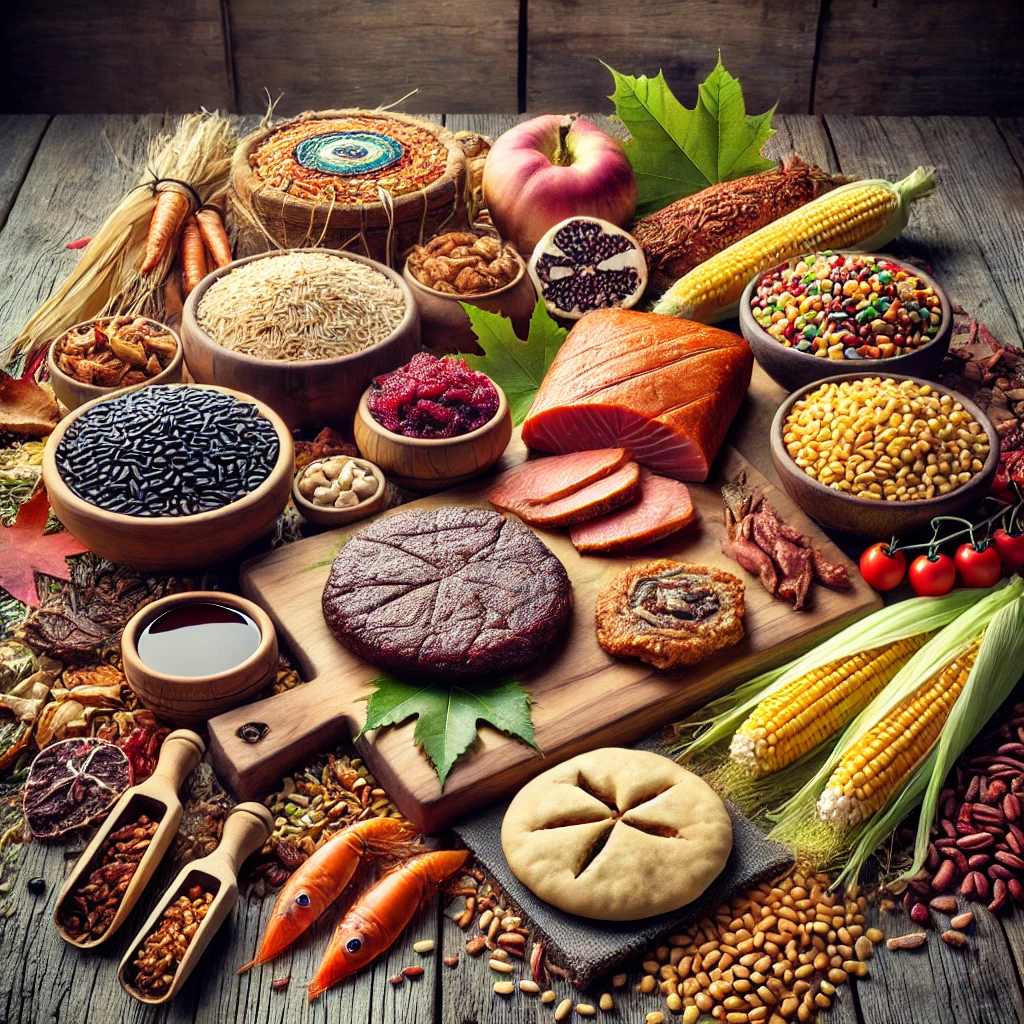
Notable Indigenous Foods:
Three Sisters – A traditional farming method of growing corn, beans, and squash together, which provides natural soil enrichment and balanced nutrition.
Bison & Venison – Essential protein sources for Plains tribes, often preserved by drying into pemmican (dried meat mixed with fat and berries).
Wild Rice – A staple grain in the Great Lakes region, harvested from lakes and rivers.
Frybread – A dish developed from government rations during colonisation, now a symbol of Indigenous resilience.
Maple Syrup – Tapped from trees by Indigenous peoples in Canada and the US long before European settlers arrived.
Smoked Salmon – A tradition of the Pacific Northwest tribes, often cooked on cedar planks.
These foods are making a comeback in Indigenous-led culinary movements, helping preserve traditions and reclaim food sovereignty.
Māori (New Zealand) Foods
The Māori people of New Zealand have a deep connection to the land and sea, with traditional cooking methods that honour both.
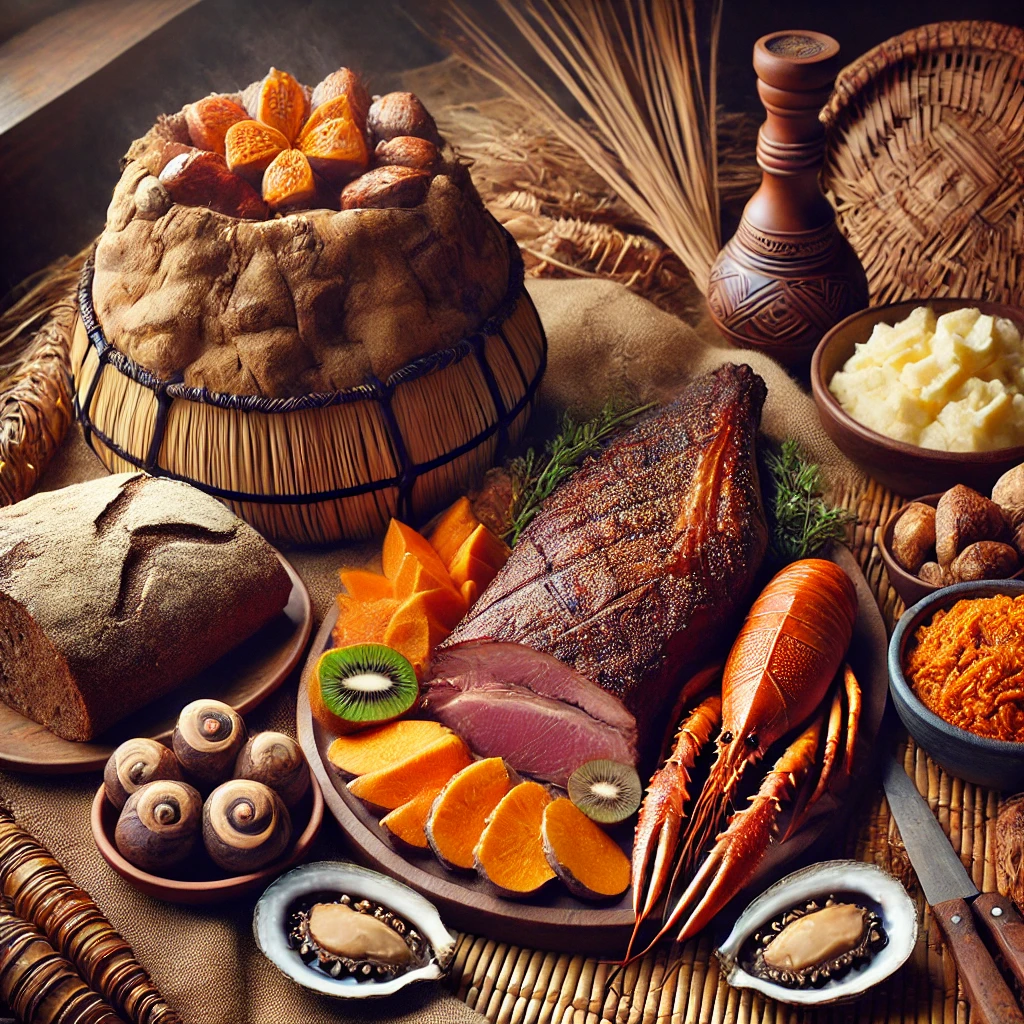
Key Māori Foods:
Hāngī – A traditional earth oven cooking method used for meats and root vegetables.
Kūmara – A sweet potato variety that has been a staple food for centuries.
Paua (Abalone) – A delicacy among coastal Māori communities.
Tītī (Muttonbird) – Preserved seabird, traditionally harvested by the Rakiura Māori of Stewart Island.
Rēwena Bread – A unique sourdough bread made using fermented potatoes.
Today, Māori chefs are reintroducing these ingredients in contemporary dishes, bringing cultural pride to modern cuisine.
South American Indigenous Foods
The Indigenous peoples of South America have cultivated some of the world’s most well-known superfoods.
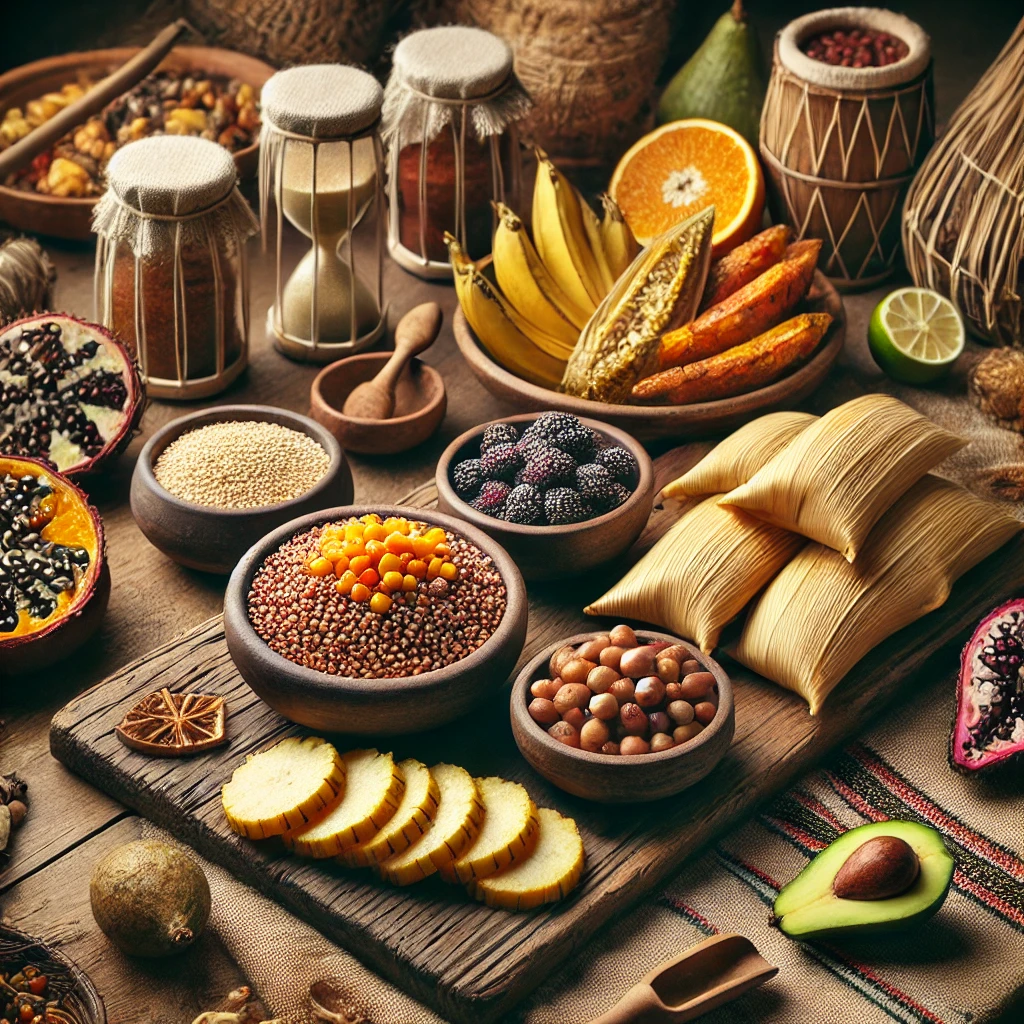
Popular Indigenous Foods:
Quinoa – A protein-rich grain native to the Andes, known as the “mother grain.”
Chicha – A corn-based drink, sometimes fermented, found in the Andean regions.
Tamales – Corn dough filled with meats or vegetables, wrapped in corn husks and steamed.
Cassava/Yuca – A root vegetable used to make flatbreads like casabe.
Açaí Berries – Traditionally eaten by Amazonian communities for energy and nutrition.
Ceviche – Fresh fish cured in citrus juices, a practice originating from coastal Indigenous groups.
These foods remain central to many Latin American diets and are now celebrated globally for their health benefits.
African Indigenous Foods
Africa’s Indigenous diets are based on seasonal, whole foods, rich in tradition and nutrition.
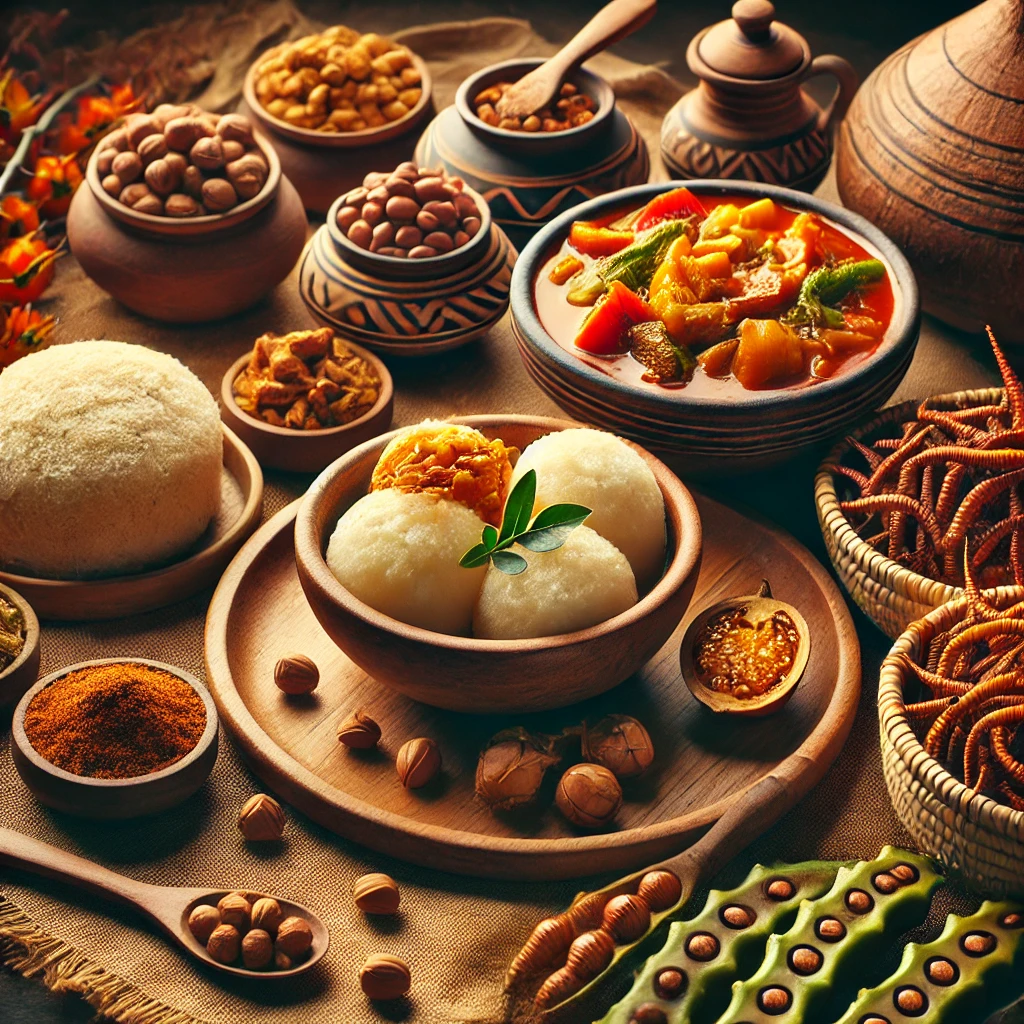
Traditional African Staples:
Fufu – A starchy side made from yam, cassava, or plantains, often served with soups.
Baobab Fruit – High in vitamin C, used in porridges and drinks.
Tigernuts – A key ingredient in horchata de chufa, a traditional drink.
Teff – The grain used to make injera, Ethiopia’s famous spongy flatbread.
Mopane Worms – A high-protein food source in Southern Africa.
African Indigenous foods are seeing renewed interest as nutrient-rich, sustainable ingredients.
Indigenous Foods from Asia
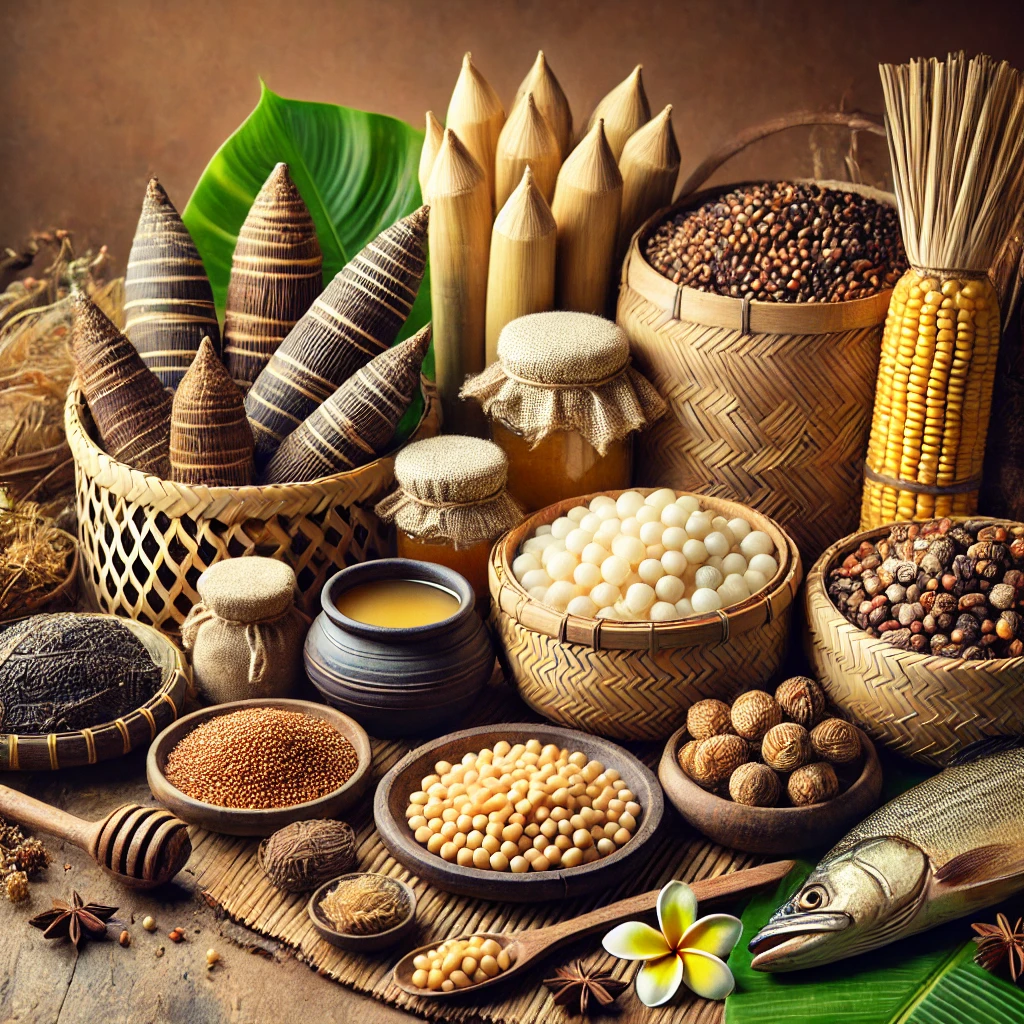
Asia’s Indigenous groups have long relied on wild and foraged foods, many of which are still widely consumed today.
Unique Indigenous Foods:
Bamboo Shoots – Used in stir-fries and curries across Southeast Asia.
Sago – A starch extracted from palm trees, a staple in Papua and parts of Indonesia.
Wild Honey – Collected by Indigenous groups across India, Malaysia, and the Philippines.
Betel Nut – Chewed as a traditional stimulant in many Asian cultures.
Fermented Fish and Meat – An ancient preservation technique across many Asian Indigenous communities.
These foods continue to shape the culinary traditions of Asia, offering insight into ancestral knowledge and sustainable living.
Preserving and Celebrating Indigenous Food Cultures
Across the world, Indigenous foodways are experiencing a revival as communities reclaim their culinary heritage. From native Australian bush foods to Māori hāngī, Andean quinoa, and North American wild rice, these foods tell the stories of resilience, adaptation, and deep cultural wisdom.
As part of Allfoods, we’re passionate about supporting ethical sourcing, sustainability, and Indigenous-led food businesses. By exploring and celebrating these unique culinary traditions, we can honour and uplift Indigenous cultures worldwide.
Which Indigenous food have you tried, or which one would you love to taste? Let us know in the comments! 🍽️✨
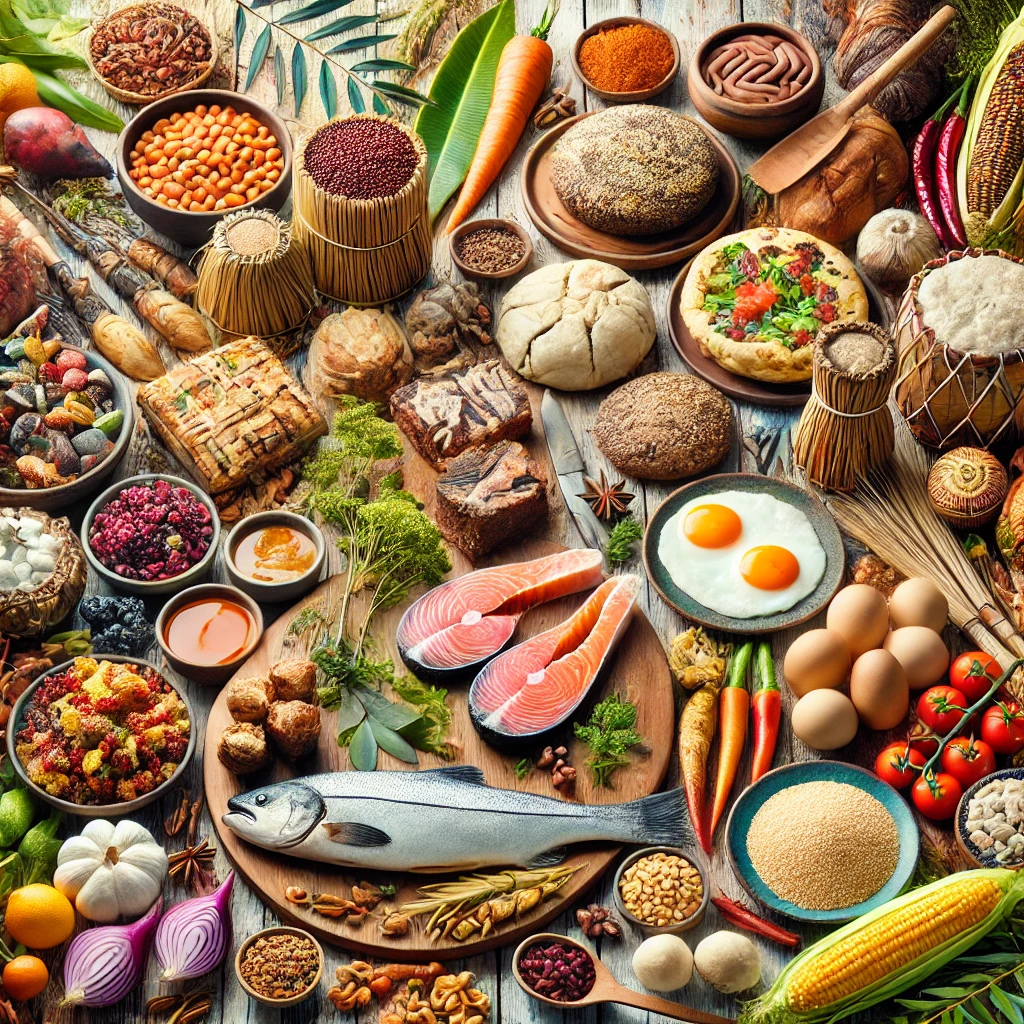
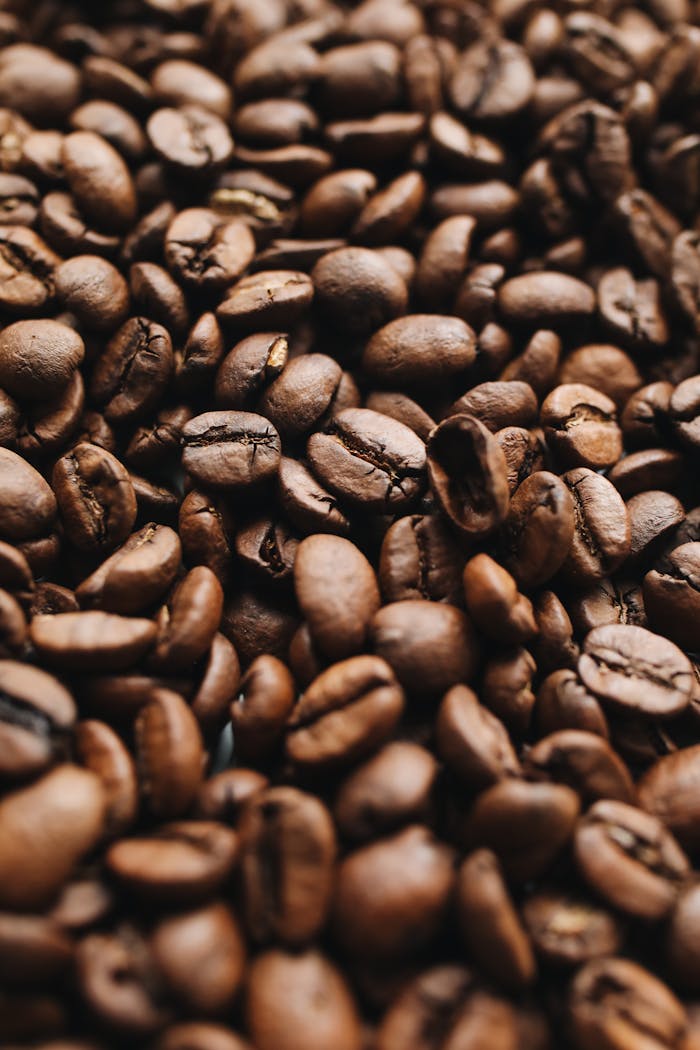
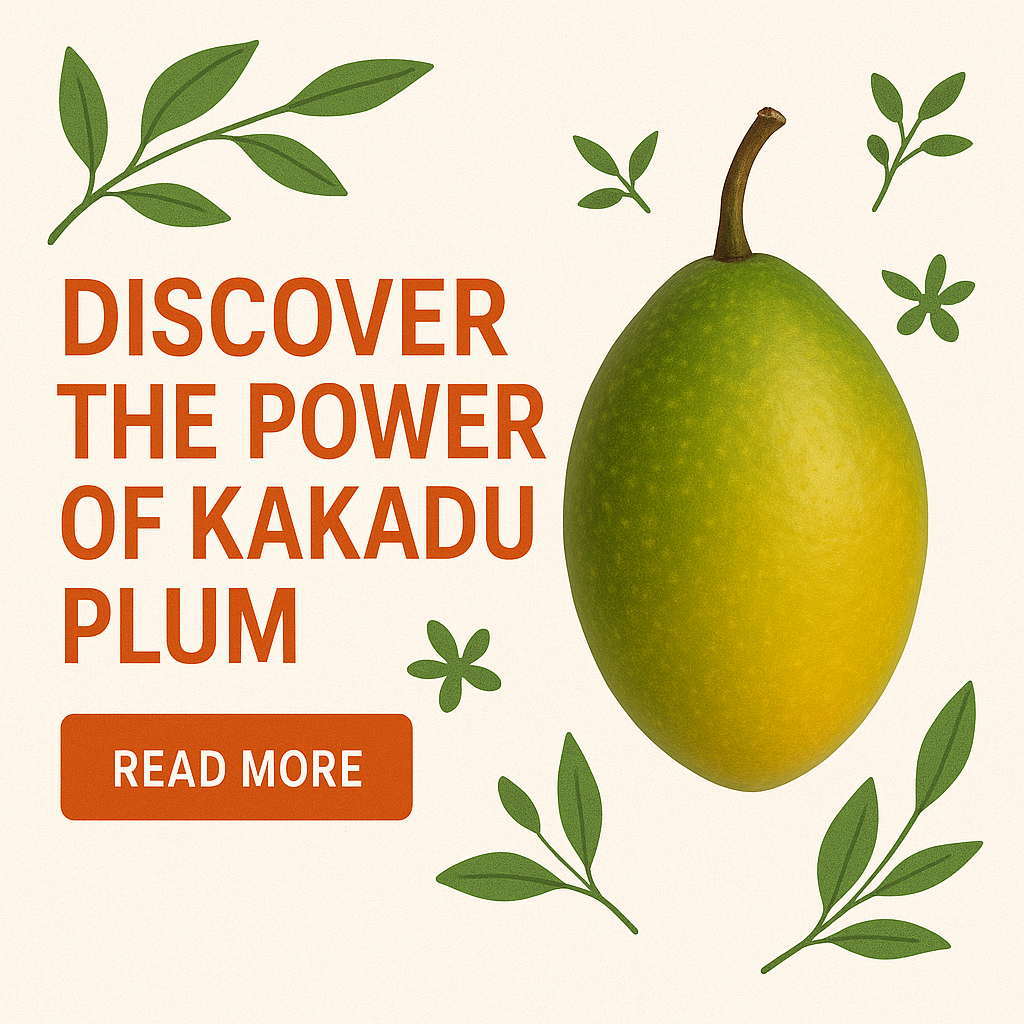
Nice work Pete!